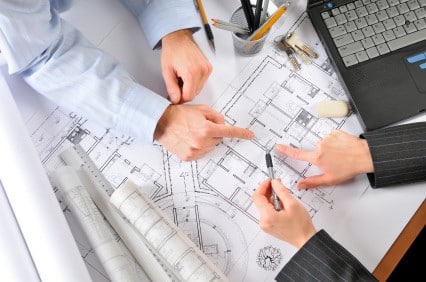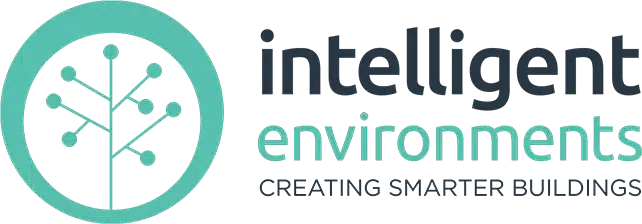When the specification states “or alternative”
The specification at tender stage often states “Lighting control system: DALI-2 system to be installed or alternative”.
 The meaning behind the words “Lighting Control System DALI or alternative” (sometimes “or equivalent”) must be fully understood by all stakeholders, or the winning tenderer may be delivering something that is far from meeting the expectations of the end client.
The meaning behind the words “Lighting Control System DALI or alternative” (sometimes “or equivalent”) must be fully understood by all stakeholders, or the winning tenderer may be delivering something that is far from meeting the expectations of the end client.
Often that phrase “or equivalent” provides a contractor with justification to use an alternative product that is obtainable for a cheaper price.
If a product or system is significantly cheaper then there can only be one of two reasons for this:
1. The “incumbent” supplier has been over-pricing their product/services or
2. The “alternative” product/service does not offer the same quality or functionality as the one specified.
In the very competitive construction environment of New Zealand, few suppliers would get away with consistently overpricing their offer.
It is much more likely that the “alternative” is cheaper because it lacks quality or cannot perform as well as the specified item. It is introduced by the contractor for the sole purpose of cost saving, and no one seems concerned about the reasons behind the original specification of a particular supplier or product.
If a consultant has been contracted to provide the specification, surely at the very least, they should be asked to approve any change to a non-specified product or supplier?
If a contractor takes it upon themselves to install an “alternative” or “equivalent” to the Lighting Control System DALI then they need to ensure they’ve carried out the necessary due diligence to ensure the functionality and features the alternative supplier/product provides are at least equal to those of the system specified. If they are not sufficiently qualified to judge the “equality” of the two options, then they should defer to the consultant.
The consultant should approve any alternative or equivalent solution
The consultant, if he/she/they has suggested an alternative or equivalent may be used in place of that specified, must then be prepared to take responsibility for “approving” (or otherwise) any alternative put forward. The consultant will presumably take into account the following factors when making their decision as to whether the alternative is truly equivalent:
-
 The alternative is sufficiently “durable” i.e. designed for a long service life (not just for the warranty period required under the project terms).
The alternative is sufficiently “durable” i.e. designed for a long service life (not just for the warranty period required under the project terms). - The alternative is upgradable and easy to repair. Building in obsolescence is simply no longer acceptable. Upgrades via hardware and software updates are essential to extend the useful life of a system or product, whilst providing data on potential failures.
- Can the system be expanded or changed readily? Can wired and wireless products work together to provide an easy expansion of a system without the need for total re-wiring. With DALI-2 offering wired and wireless DALI to meet AU/NZ standards, all DALI-2 certified hardware is interoperable and in no way limits the design or sustainability of the project.
- Ensuring the comparison between the alternative and the specified supplier/product is fair. Marketing hype is not always factual e.g. we’ve seen examples where a lighting manufacturer has claimed ability to meet spec, which stated that lights should be dimmable between 0 and 100%. In fact, once installed, the lights could not dim below 20% without flickering badly. Subsequently the lighting controls company had to be re-employed, as a variation, to change every setting to allow for this shortcoming in the “alternative” supplied luminaires. Costs saved in one area, can often be incurred elsewhere!
- If the alternative product/system/device is used, can it work in harmony with the rest of the system and is it compliant with current New Zealand standards and/or legislation? One huge advantage of DALI-2 is the open protocol ensuring all products are independently third party certified and performance is mandated by the Australian/New Zealand lighting control standard.
- Sourcing hardware from a proprietary manufacturer or with a technology platform that is not based on a published standard does ultimately build in obsolescence as there is no guarantee of continuity of supply.
- Is maintenance equally easy if the alternative system/product is adopted? Can adds/moves/changes be done remotely? If so, how secure is the cloud platform the manufacturer employs?
- Can the “alternative” system provide two-way communication e.g., can the system receive data back from field devices that reports on status, equipment failure, occupancy, etc? Or does it simply send a one-way command to “turn on”?
- Buildings do not remain static. Can the system continually monitor and measure to provide information for the building owner or facility manager to be able to review, and look at trends and maintenance patterns, to ensure the building is working at peak efficiency.
- Although only a basic system is required initially, does the alternative offer an open standard based on a certified model i.e. instead of “built in obsolescence” can the alternative system be used as a foundation for expansion once budget is available, or when client’s needs change?
If the “alternative” or “equivalent” offered can meet or exceed the specified “Lighting Control System DALI” when the above factors are considered, then approval of the proposed alternative should obviously be granted.
We would suggest that only rarely would minor cost savings alone be the consideration that confirms such a choice. There is just too much at stake in getting it wrong!


